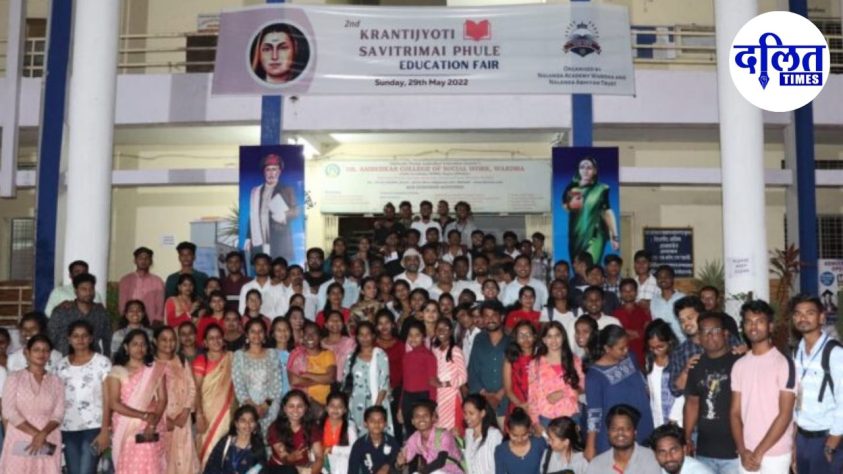In the heart of India, the harmonious existence of tribal communities is being disrupted by the relentless march of mining projects.
Story: Anjali Soni
Edit: Nitya Kaimal
As mining projects in India expand, the very foundation of tribal life—land, environment, and culture—is being stripped away, leaving behind a trail of environmental degradation and social upheaval. Mining activities often necessitate the displacement of indigenous and tribal communities, leading to severe social, economic and ecological repercussions. These communities, closely tied to their land and natural resources, face profound challenges when their ancestral territories are taken over for mining projects.
The environmental damage extends beyond local ecosystems. Mining activities contribute to climate change through deforestation and greenhouse gas emissions. The loss of forest cover diminishes carbon sequestration, worsening global warming.
“The air is filled with dust and pollutants,” notes a local environmentalist. “This is not just a local issue; it’s a global concern.”
Mining operations typically result in significant environmental damage. The extraction process involves deforestation, soil erosion, and contamination of water resources, leading to a loss of biodiversity. For tribal communities, who rely on their surrounding environment for sustenance, these changes are devastating.
The Aranya Hasdeo region in Chhattisgarh, India, is a stark illustration of the detrimental effects of mining activities on the environment and tribal communities. Rich in biodiversity and home to several indigenous tribes, the area has been ravaged by coal mining operations. This case study delves into the extensive environmental degradation and the severe social impacts faced by the local tribal population.
In recent years, the tribal communities of Aranya Hasdeo have actively resisted the encroachment of mining projects. Protests, legal battles, and community mobilisations have been part of their efforts to save their land and environment.
Also read: Delhi Faces Double Whammy: Heavy Rains and Airport Incident Bring Chaos
In 2023, large-scale protests erupted in the region, with tribal groups demanding an immediate halt to mining activities. Despite their efforts, the approval of new mining leases continues, exacerbating the crisis.
“We have been fighting for our land and our rights,” says a tribal activist. “But it feels like a losing battle against powerful interests.”
In the districts of Ramgarh and Hazaribagh in Jharkhand, extensive coal mining has caused significant displacement of Dalit and Adivasi villages, leading to profound social and environmental impacts. These mining activities have uprooted communities, forcing them to leave their ancestral lands and disrupting their traditional lifestyles. This displacement results in socio-economic instability, as many find it challenging to adapt to urban environments where unemployment and loss of cultural identity are prevalent issues. The affected communities lose access to vital agricultural land and forests, essential for their sustenance, leading to a shift from self-sufficient living to reliance on uncertain labour jobs. Moreover, the separation from their land contributes to cultural erosion, as traditional practices and community structures are weakened.
The environmental consequences of coal mining in these regions are equally severe, with deforestation and pollution being prominent issues. Vast areas of forests have been cleared to make way for mining operations, resulting in habitat loss for wildlife and a decrease in biodiversity. Additionally, mining activities pollute local water sources, affecting both human populations and wildlife, and compromise air quality due to dust and emissions from mining equipment.
Local activists and community leaders are calling for the protection of tribal rights and the environment, emphasizing that the focus should be on preserving Indigenous communities and their habitats rather than pursuing unchecked mining activities. “We need to focus on protecting our environment and our people, not just on mining profits,” says a local activist. This situation underscores the urgent need for sustainable development practices that respect the rights of indigenous communities and preserve environmental integrity, ensuring that economic growth does not come at the expense of human and ecological welfare.
Tribal communities depend on their land for farming, hunting, and gathering. Displacement not only removes their primary source of income but also forces them into unfamiliar urban settings where they struggle to adapt. The shift from a self-sustaining lifestyle to wage labour often results in economic hardship and social marginalization. The connection between tribal communities and their land is deeply rooted in their cultural practices, traditions, and social structures. Displacement disrupts these bonds, leading to the loss of
cultural heritage and identity. Community cohesion is weakened, and traditional knowledge, passed down through generations, is at risk of being lost.



